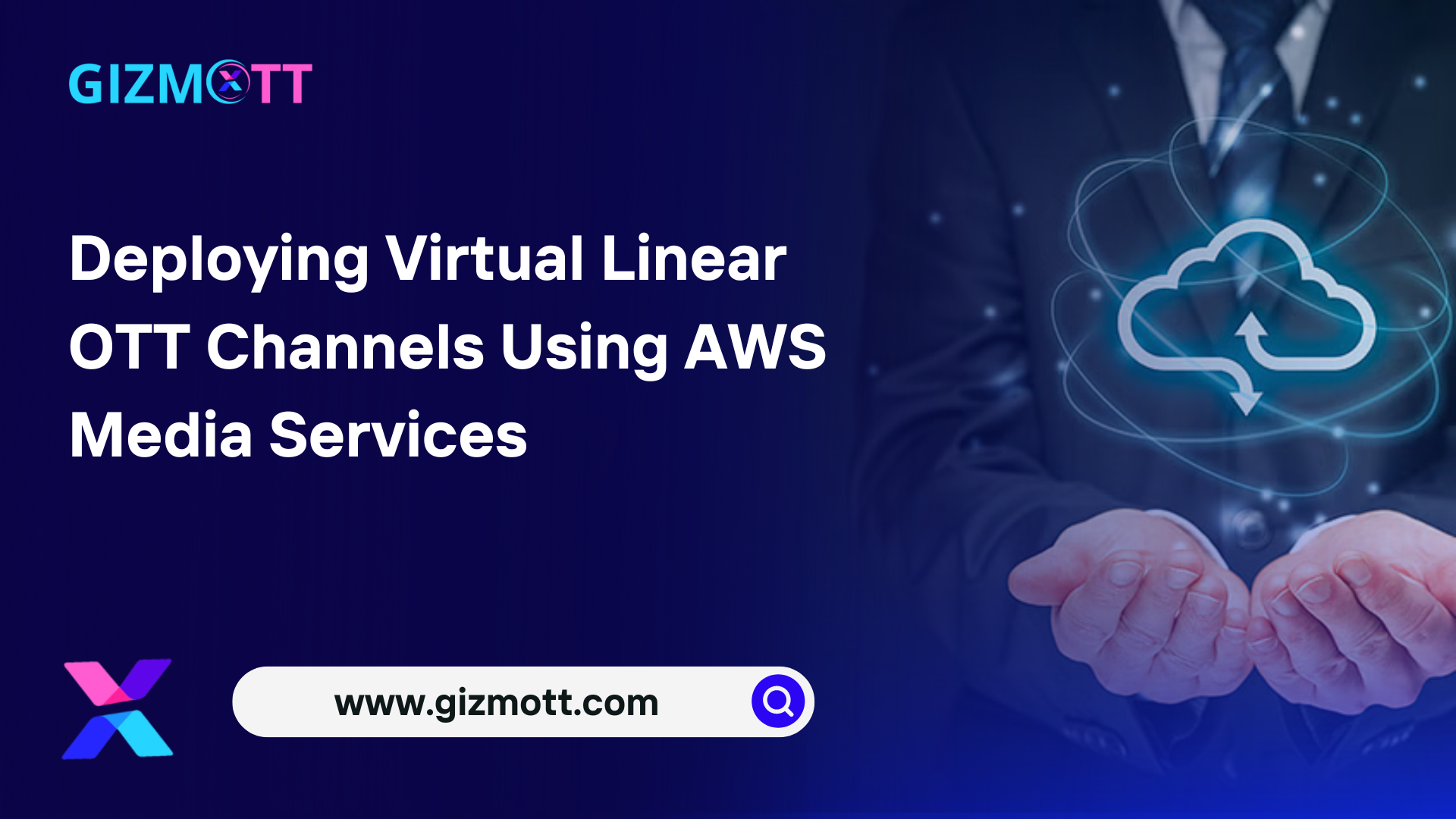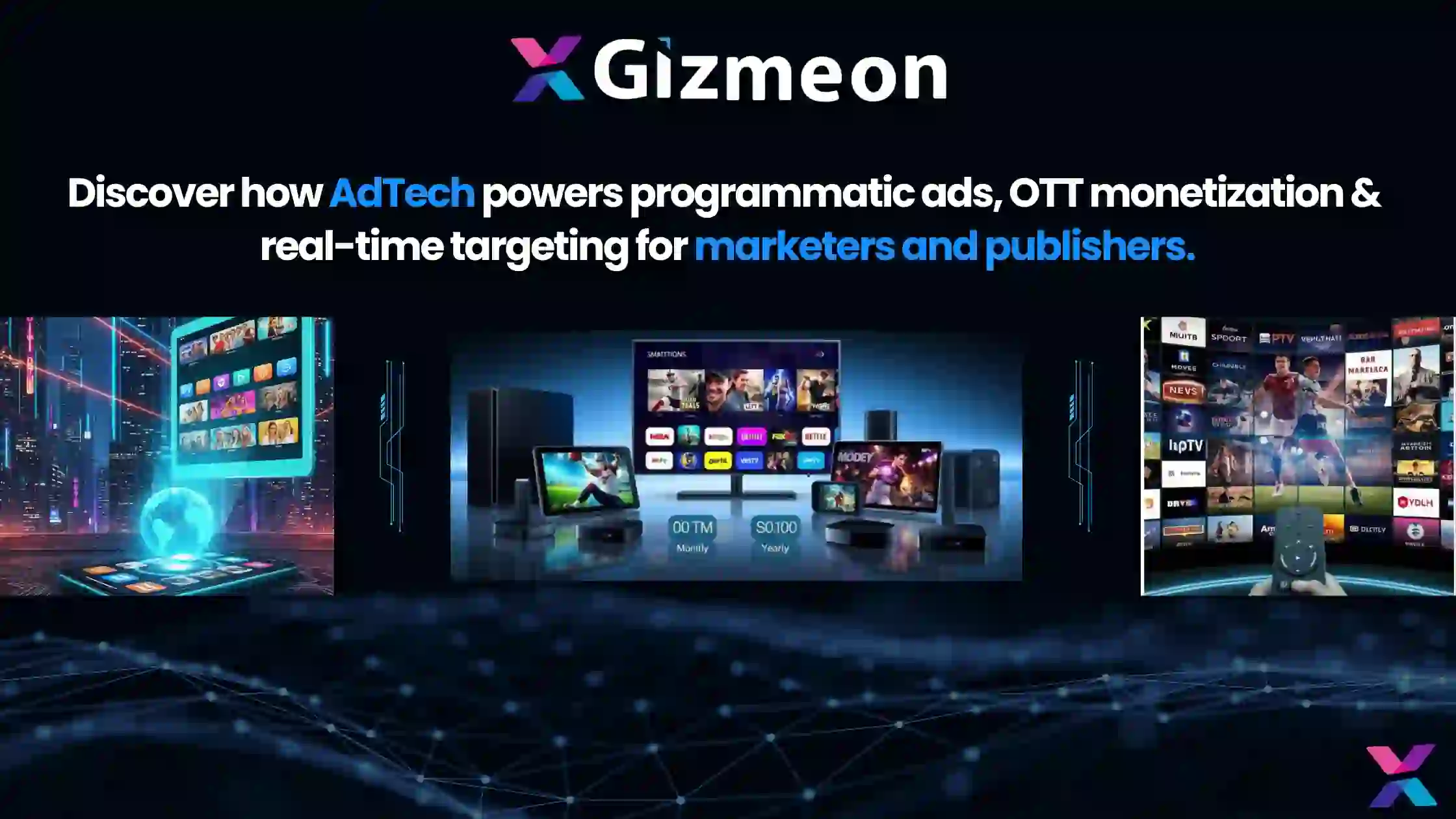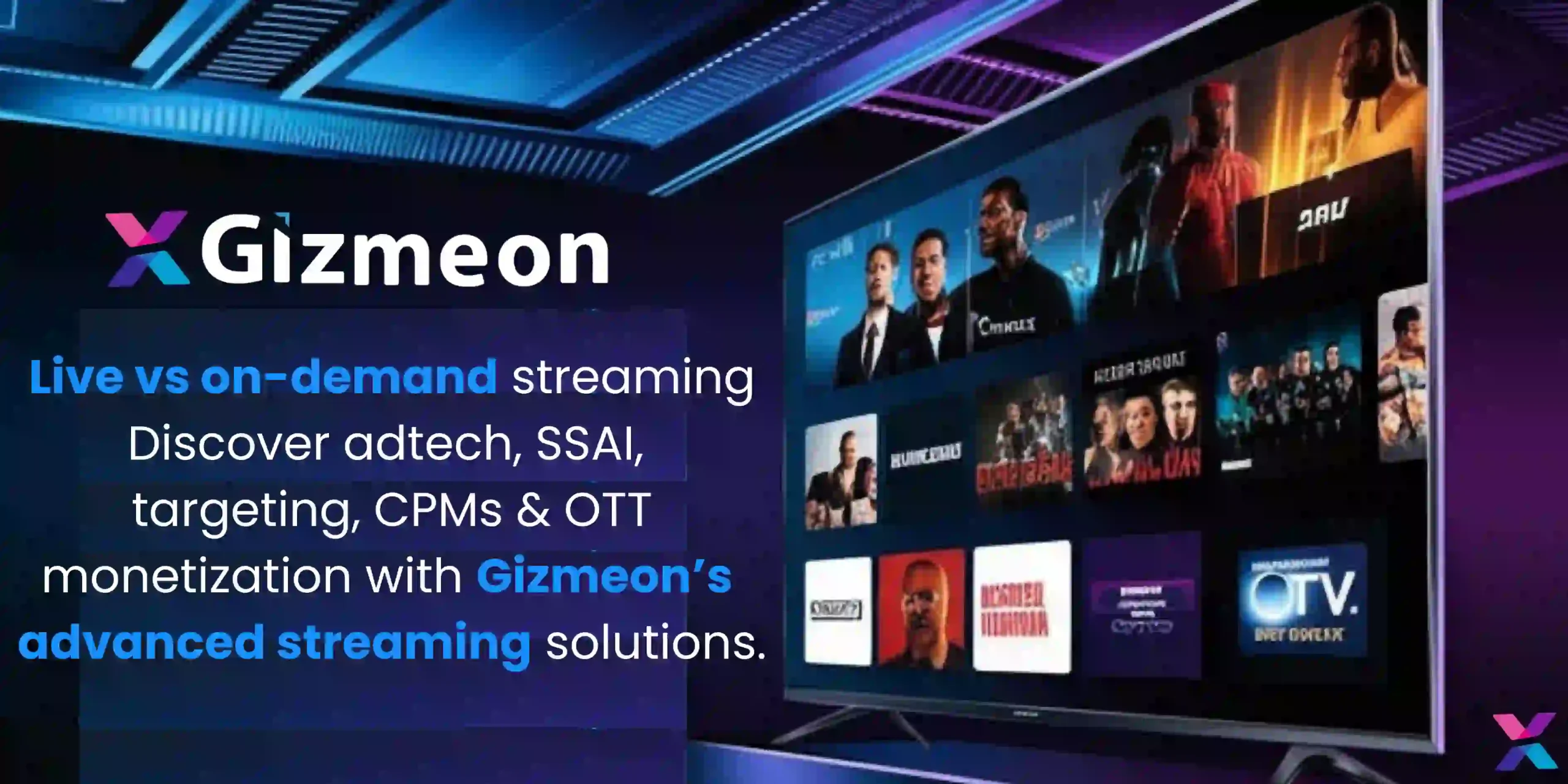Deploy Virtual Linear OTT Channels with AWS Media Services
The demand for virtual linear OTT streaming is skyrocketing. More viewers are abandoning traditional TV for linear OTT channels that stream scheduled content continuously. Deploying virtual linear OTT channels using AWS Media Services empowers media providers to deliver a TV-like experience over IP with scalability, reliability, and monetization possibilities. In this guide, you’ll learn how to deploy virtual linear OTT channels on AWS, step-by-step, with best practices and architecture insights.
What Are Virtual Linear OTT Channels? (definition, keywords)
Virtual linear OTT channels emulate traditional linear TV over the internet. Instead of on-demand viewing, content is scheduled in a playlist, playing 24/7 as a continuous stream. Viewers tune in to “what’s on now,” similar to linear TV, but via OTT delivery. Because of this, virtual linear OTT has become a major segment in FAST (Free Ad-Supported TV) services.
Using virtual linear OTT, content owners can monetize idle VOD libraries, repurpose archival content, and engage audiences without requiring them to select individual episodes.
Why virtual linear OTT is growing so fast
-
Offers “lean-back” viewing (no choice friction)
-
Strong monetization via ads (FAST model)
-
Easier content programming vs complex on-demand catalogs
-
Attractive to cord-cutters seeking TV-like experience
Industry forecasts suggest that by 2027, OTT ad spending will capture over 68 percent of total ad spend, with linear OTT / FAST channels being a key driver.
Why Deploy Virtual Linear OTT Channels on AWS? (why AWS media services, AWS advantages)
Using AWS Media Services to deploy virtual linear OTT channels brings many advantages:
-
Scalability and elasticity: Automatically scale to millions of viewers
-
Reliability and high availability: Redundant AWS infrastructure
-
Flexible workflows: Customize ingest, packaging, scheduling
-
Pay-as-you-go cost model: Only pay for usage
-
Rich monetization support: Integrate server-side ad insertion (SSAI)
-
Global reach via CloudFront CDN
AWS’s suite—MediaLive, MediaPackage, MediaTailor, CloudFront—makes it straightforward to build, operate, and monetize virtual linear OTT channels.
Key AWS Media Services for Linear OTT Channels (services, keywords)
When building linear OTT channels on AWS, these are your foundational building blocks:
| AWS Service | Role in virtual linear OTT | Notes |
|---|---|---|
| AWS Elemental MediaLive | Ingest and transcode live streams | Encodes into HLS / DASH ABR renditions |
| AWS Elemental MediaPackage | Just-in-time packaging | Converts streams to HLS, DASH, CMAF |
| AWS Elemental MediaTailor | Channel assembly + SSAI | Combines live + VOD and inserts ads server-side |
| Amazon CloudFront | Global content delivery | CDN to reduce latency and improve user experience |
| AWS CloudWatch + Logging | Monitoring and analytics | Track QoS, ad metrics, viewer analytics |
These services together enable you to deploy virtual linear OTT channels using AWS Media Services seamlessly.
Step-by-Step: How to Deploy Virtual Linear OTT Channels on AWS (how to, steps, main keyword)
Here’s a detailed walkthrough to deploy virtual linear OTT channels using AWS media services.
1. Content Ingestion and Live-to-VOD Preparation (ingest, encoding)
-
Use AWS Elemental MediaLive to ingest your live streams (camera, satellite, RTP input).
-
For VOD assets, store in S3 and re-encode (via MediaConvert or similar) into matching ABR profiles.
-
Ensure live and VOD renditions share the same bitrate ladders and codecs.
2. Encoding and Adaptive Bitrate (ABR) Setup (transcoding, ABR)
-
MediaLive encodes live input into multiple renditions.
-
Use adaptive bitrate (ABR) to seamlessly serve devices across network conditions.
-
Ensure your manifest includes
EXT-X-PROGRAM-DATE-TIMEtags for time-aligned scheduling.
3. Packaging into OTT Protocols (HLS, DASH, CMAF)
-
Use MediaPackage to package streams into HLS, DASH, and CMAF formats.
-
Configure packaging settings and manifest behavior.
-
This ensures compatibility with a wide range of devices and players.
4. Channel Assembly and Ad Insertion (scheduling, SSAI)
-
Configure MediaTailor Channel Assembly to merge live and VOD assets into a linear schedule.
-
Set up ad break slates and dynamic ad insertion (SSAI).
-
Control ad timing, fallback slates, and personalize ad delivery via an ad decision server (VAST).
5. Content Delivery via CDN (distribution)
-
Use Amazon CloudFront as the CDN fronting your MediaTailor output.
-
Configure caching behavior, origin settings, and distribution policies for optimal performance.
6. Monitoring, Analytics, and Quality of Service (QoS)
-
Use AWS CloudWatch, MediaTailor logs, and CloudFront metrics to monitor throughput, latency, error rates, and ad metrics.
-
Key metrics: ad insertion latency, fill rate, server latency, viewer sessions, and errors.
-
Use alerts or automated triggers to respond to anomalies.
Best Practices for Success (optimization, frequently searched)
To run robust virtual linear OTT channels, follow these best practices:
-
Optimize encoding latency vs quality to balance start-up delay and video quality.
-
Set up redundancy and failover with multi-AZ deployments and backup encoders.
-
Cache strategically at the edge by tuning CloudFront caching to reduce origin load.
-
Use short segments (2–4 seconds) for responsive switching.
-
Prepare fallback slates for ad decision failures.
-
Secure your streaming pipeline using AWS WAF, AWS Shield, and token-based URL signing.
-
Automate scheduling through EPG or APIs for dynamic content playout.
-
Monitor and optimize using analytics to refine ad strategy and scheduling.
-
Deploy across multiple regions for global reach and reliability.
Projected Trends and Future Outlook (trends, forecasts)
-
By 2025, OTT ad spending is expected to surpass traditional cable and broadcast advertising.
-
By 2027, FAST and linear OTT channels are forecasted to capture around 68 percent of global ad spending in streaming.
-
Companies deploying virtual linear OTT channels can launch new channels in minutes, scale to hundreds of thousands of concurrent viewers, and monetize effectively via SSAI.
-
Future developments include AI-driven content scheduling, programmatic ad decisioning, real-time personalization, predictive prefetching, and tighter QoS SLAs.
Example Architecture Flow (architecture, workflow)
-
Live source and VOD assets are ingested via MediaLive or from S3.
-
MediaLive encodes and outputs to MediaPackage.
-
MediaPackage packages into HLS/DASH.
-
MediaTailor Channel Assembly merges live and VOD, inserts ad breaks, and communicates with the ad decision server.
-
CloudFront serves the final manifest and segments to viewers.
-
CloudWatch and logging monitor QoS, ad performance, and viewer engagement.
This architecture ensures seamless linear OTT playback, real-time ad insertion, and global distribution.
Summary and Next Steps (conclusion, strong keywords)
Deploying virtual linear OTT channels using AWS Media Services is a powerful way to bring scheduled TV-like streaming to digital audiences. By combining MediaLive, MediaPackage, MediaTailor, and CloudFront, you can deploy virtual linear OTT, monetize via ads, and scale globally.
Next Steps
-
Prototype a single channel with VOD and live content.
-
Integrate MediaTailor Channel Assembly and SSAI.
-
Monitor QoS and iterate.
-
Expand to multiple genre channels and global regions.
-
Use AI and automation to optimize scheduling and monetization.
For a full-featured OTT platform, consider Gizmott – The Top OTT Platform Service provider, an end-to-end OTT solution that complements AWS services in deploying and managing virtual linear OTT channels.




